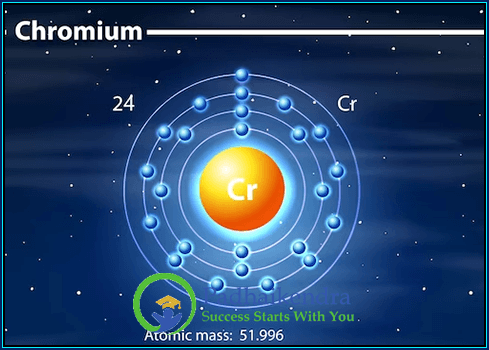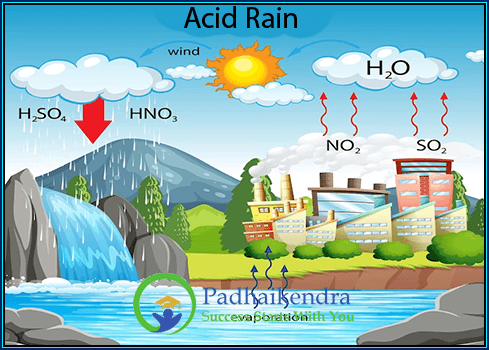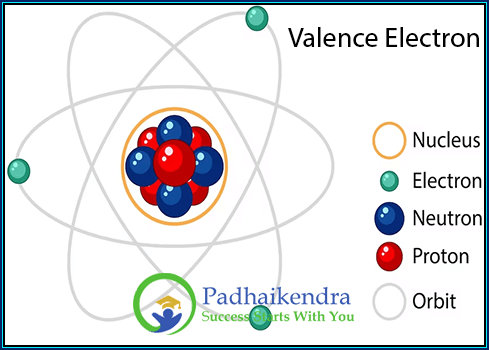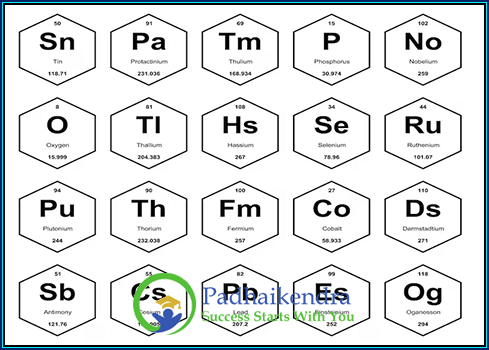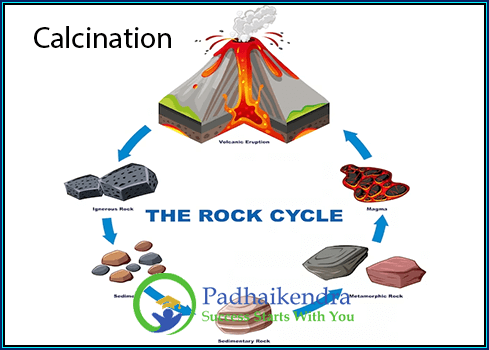Chromium (Cr) is a metallic element with atomic number 24 and the symbol Cr. It is a hard, shiny, steel-gray metal that has a high melting point and resists tarnishing. Chromium is a transition metal and is found naturally in minerals such as chromite and crocoite.
Applications of Chromium
Chromium has many important industrial applications due to its unique properties. It is commonly used as a hardening agent in stainless steel production, which is used in various industries such as construction, transportation, and food processing. Chromium is also used to plate other metals to improve their corrosion resistance and give them a shiny appearance.
In addition to its industrial uses, chromium is also essential for human health. It is a trace mineral that helps to regulate blood sugar levels, aids in the metabolism of fats and carbohydrates, and is important for proper insulin function. However, excessive exposure to hexavalent chromium compounds, which are used in some industrial processes, can be harmful to human health and cause lung cancer and other health problems.
Nature and uses of Chromium (Cr)
 Chromium (Cr) is a metallic element that is widely used in various industries due to its unique properties. Here are some key points about the nature and uses of chromium:
Chromium (Cr) is a metallic element that is widely used in various industries due to its unique properties. Here are some key points about the nature and uses of chromium:
Nature: Chromium is a hard and lustrous metal that is silver-gray in color. It has a high melting point and is corrosion-resistant, making it ideal for use in harsh environments. Chromium is also a brittle metal and can easily crack under stress.
Uses: Chromium has a wide range of uses in various industries. Some of the most common uses of chromium include:
Stainless steel production: Chromium is a key component in the production of stainless steel, which is used in various applications due to its corrosion-resistant properties.
Alloy production: Chromium is often used in the production of alloys such as nichrome, which is used in heating elements and other high-temperature applications.
Electroplating: Chromium is often used in electroplating to provide a decorative or protective coating on metal surfaces.
Refractory materials: Chromium is used in the production of refractory materials, which are used to line high-temperature furnaces and other industrial equipment.
Health effects: Chromium is an essential nutrient for the human body, but exposure to high levels of chromium can be toxic. Inhaling chromium dust or fumes can cause lung damage, while ingesting chromium can cause gastrointestinal issues. Long-term exposure to chromium can also increase the risk of certain cancers.
Distribution of Chromium
Chromium is found in various minerals such as chromite, which is the most important chromium ore. The largest deposits of chromite are found in South Africa, Kazakhstan, and India. Other countries with significant chromium deposits include Turkey, Finland, and Brazil.
Chromium is a versatile metal with a wide range of uses in various industries. Its unique properties make it ideal for use in harsh environments and high-temperature applications, but exposure to high levels of chromium can be toxic to human health.

